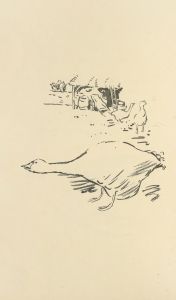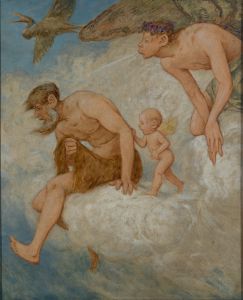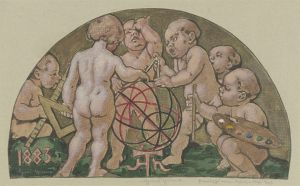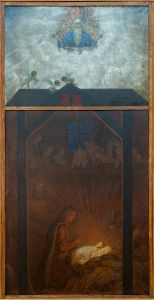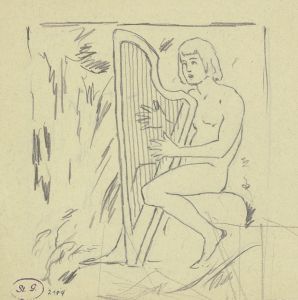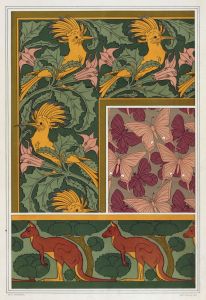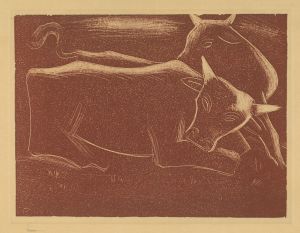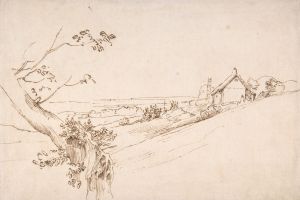
Ziege
A hand-painted replica of Hans Thoma’s masterpiece Ziege, meticulously crafted by professional artists to capture the true essence of the original. Each piece is created with museum-quality canvas and rare mineral pigments, carefully painted by experienced artists with delicate brushstrokes and rich, layered colors to perfectly recreate the texture of the original artwork. Unlike machine-printed reproductions, this hand-painted version brings the painting to life, infused with the artist’s emotions and skill in every stroke. Whether for personal collection or home decoration, it instantly elevates the artistic atmosphere of any space.
Hans Thoma was a German painter born on October 2, 1839, in Bernau, in the Black Forest region of Germany. He is known for his landscapes, portraits, and genre paintings, often reflecting the natural beauty and rural life of his native region. Thoma's work is characterized by a detailed and realistic style, often infused with a sense of romanticism and symbolism.
One of Thoma's notable works is "Ziege," which translates to "Goat" in English. This painting exemplifies Thoma's ability to capture the essence of rural life and nature, subjects that were central to his oeuvre. While specific details about the painting "Ziege" are limited, it is consistent with Thoma's broader body of work, which often depicted animals, landscapes, and scenes from everyday life.
Thoma's artistic journey began with his studies at the Karlsruhe Academy of Fine Arts, where he was influenced by the German Romantic tradition. He later moved to Düsseldorf and then to Munich, where he was exposed to various artistic movements and styles. Despite these influences, Thoma developed a unique style that combined elements of realism with a romantic and sometimes mystical approach to nature and rural themes.
Throughout his career, Thoma was associated with the Munich Secession, a group of artists who broke away from the traditional art institutions in Munich to pursue more progressive and individualistic artistic expressions. This association allowed Thoma to explore his artistic vision more freely and gain recognition for his work.
Thoma's paintings often reflect a deep connection to his homeland, the Black Forest, and "Ziege" is likely no exception. His works frequently feature the lush landscapes, flora, and fauna of this region, capturing the serene and idyllic aspects of rural life. Thoma's attention to detail and his ability to convey the textures and colors of nature are evident in his depictions of animals, such as goats, which were common in the rural settings he painted.
In addition to his landscapes and animal paintings, Thoma also created portraits and religious works. His versatility as an artist and his commitment to capturing the beauty of the natural world earned him a respected place in the history of German art. Thoma's work continues to be appreciated for its technical skill, emotional depth, and the way it reflects the cultural and natural heritage of Germany.
Hans Thoma passed away on November 7, 1924, in Karlsruhe, Germany. His legacy endures through his paintings, which remain a testament to his artistic vision and his deep appreciation for the natural world. While specific information about the painting "Ziege" may be limited, it is undoubtedly a part of Thoma's broader exploration of nature and rural life, themes that were central to his artistic identity.







